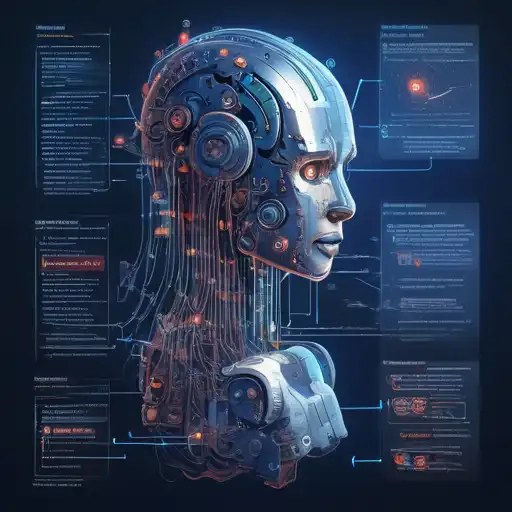Introduction to Machine Learning Algorithms
Machine learning algorithms are the backbone of artificial intelligence, enabling computers to learn from data and make decisions with minimal human intervention. For beginners, understanding these algorithms can seem daunting, but with the right approach, it's entirely achievable. This guide aims to demystify machine learning algorithms, providing a solid foundation for those new to the field.
What Are Machine Learning Algorithms?
At their core, machine learning algorithms are mathematical models that allow computers to learn patterns from data. These algorithms can be broadly categorized into three types: supervised learning, unsupervised learning, and reinforcement learning. Each type serves a different purpose and is suited to specific kinds of tasks.
Supervised Learning Algorithms
Supervised learning algorithms are trained using labeled data, meaning the input comes with the correct output. The algorithm learns to predict the output from the input data. Common examples include linear regression for predicting continuous values and logistic regression for classification tasks.
- Linear Regression: Predicts a continuous outcome based on one or more predictor variables.
- Logistic Regression: Used for binary classification problems, such as spam detection.
Unsupervised Learning Algorithms
Unsupervised learning algorithms work with unlabeled data. The goal is to explore the structure of the data to extract meaningful information. Clustering and association are two main types of unsupervised learning.
- K-Means Clustering: Groups data into k clusters based on similarity.
- Apriori Algorithm: Used for mining frequent itemsets and deriving association rules.
Reinforcement Learning Algorithms
Reinforcement learning is about taking suitable action to maximize reward in a particular situation. It is employed by various software and machines to find the best possible behavior or path it should take in a specific context.
- Q-Learning: A model-free reinforcement learning algorithm to learn the value of an action in a particular state.
Choosing the Right Algorithm
Selecting the right machine learning algorithm depends on the problem at hand, the size and type of data, and the desired outcome. Beginners should start with simpler algorithms like linear regression or k-means clustering before moving on to more complex ones.
Conclusion
Machine learning algorithms are powerful tools that can unlock insights from data. By understanding the basics of these algorithms, beginners can start applying machine learning to solve real-world problems. Remember, the key to mastering machine learning is practice and continuous learning.
For more insights into machine learning and data science, explore our Data Science Basics section.
